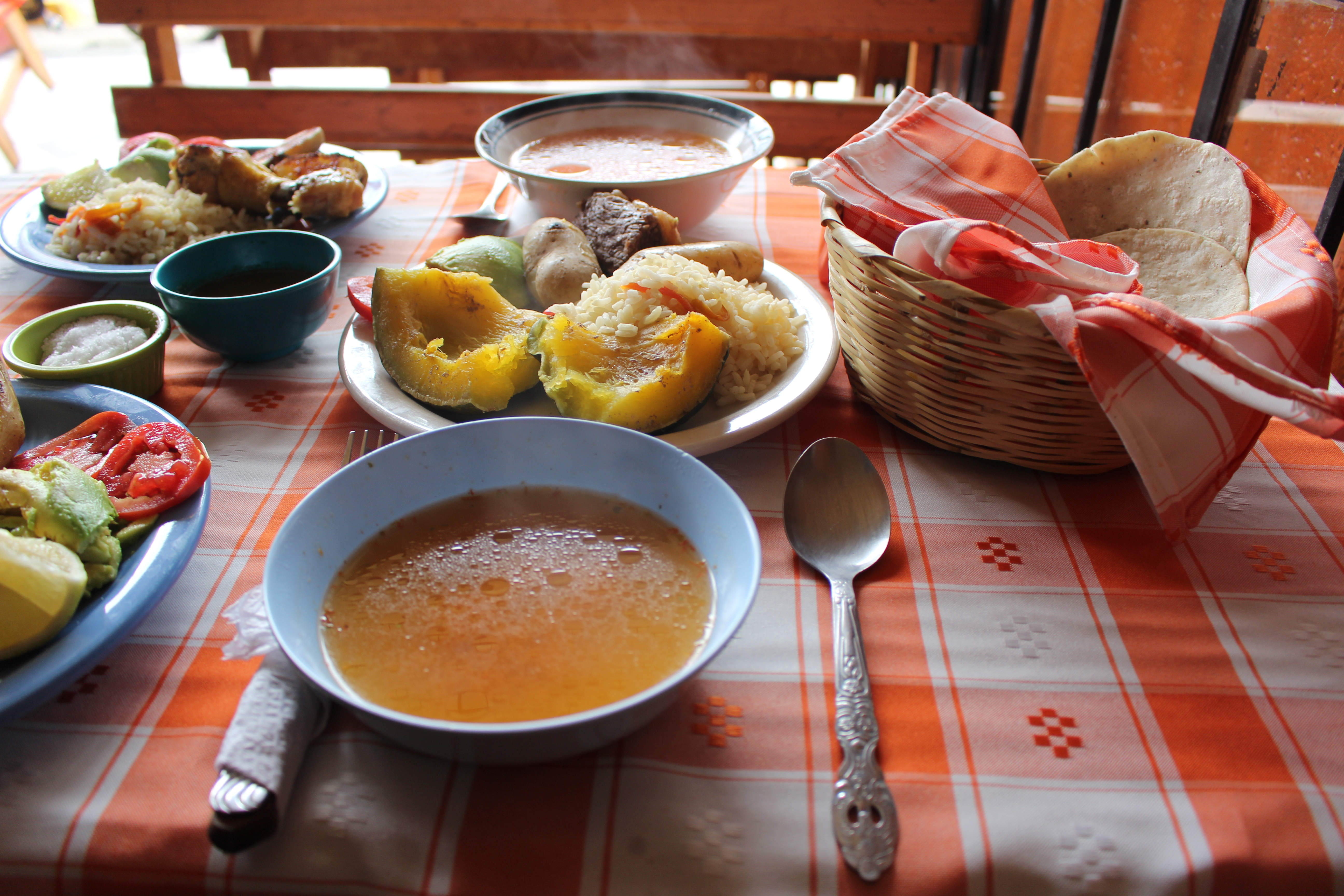From fish paste to stinging nettles, here are 5 hospital meals fueling life-changing healthcare

Patients come to Kenya’s Kijabe Hospital to receive care for serious conditions, ranging from brain surgery to cancer care.
Sarah, the care coordinator at African Mission Healthcare Foundation, explains the quickest way to calm a patient's nerves: "Share a meal with them. Ask them what they think of the food and you’ll start bonding immediately.”

Mukimo is a common dish for patients. Made with potatoes and maize, adding stinging nettles produces the signature green color.


In Kenya, meals are social, and the guest list is fluid. If you see a friend in the street, you might invite them to dinner—and they might also bring a friend or two.
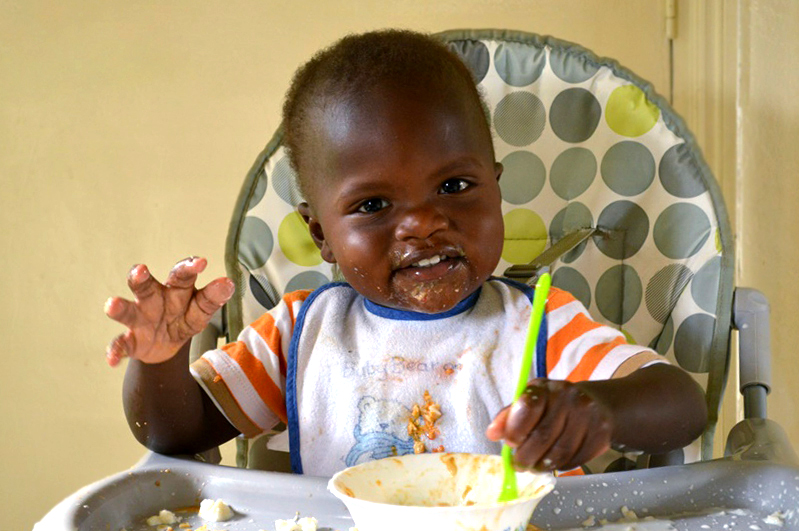

At Kijabe Hospital, the meals are no different, and a hospital visit can quickly turn into a feast with hospital staff, patients, and family on hand to calm patient nerves.


“You’d be surprised how much we look forward to these meals,” Sarah explains. “When you’re in the hospital for a long time, it becomes the part of the day you appreciate the most.”

In rural Nepal, an eight year old patient sits outside Bayalpata Hospital ready to eat.
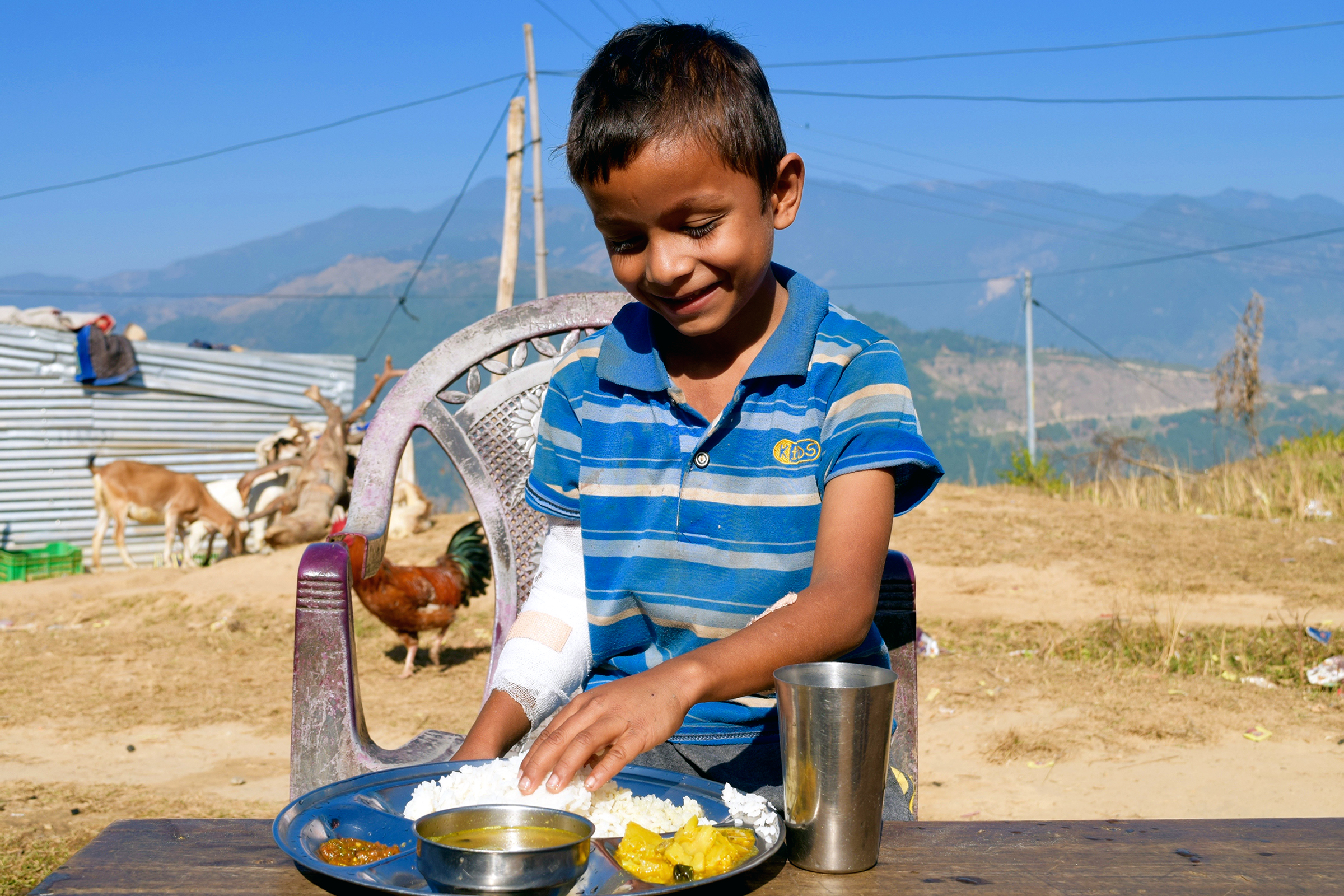
While receiving treatment for a fractured elbow, Tara eats a plate of potato and white kidney beans curry, lentil soup, and rice.
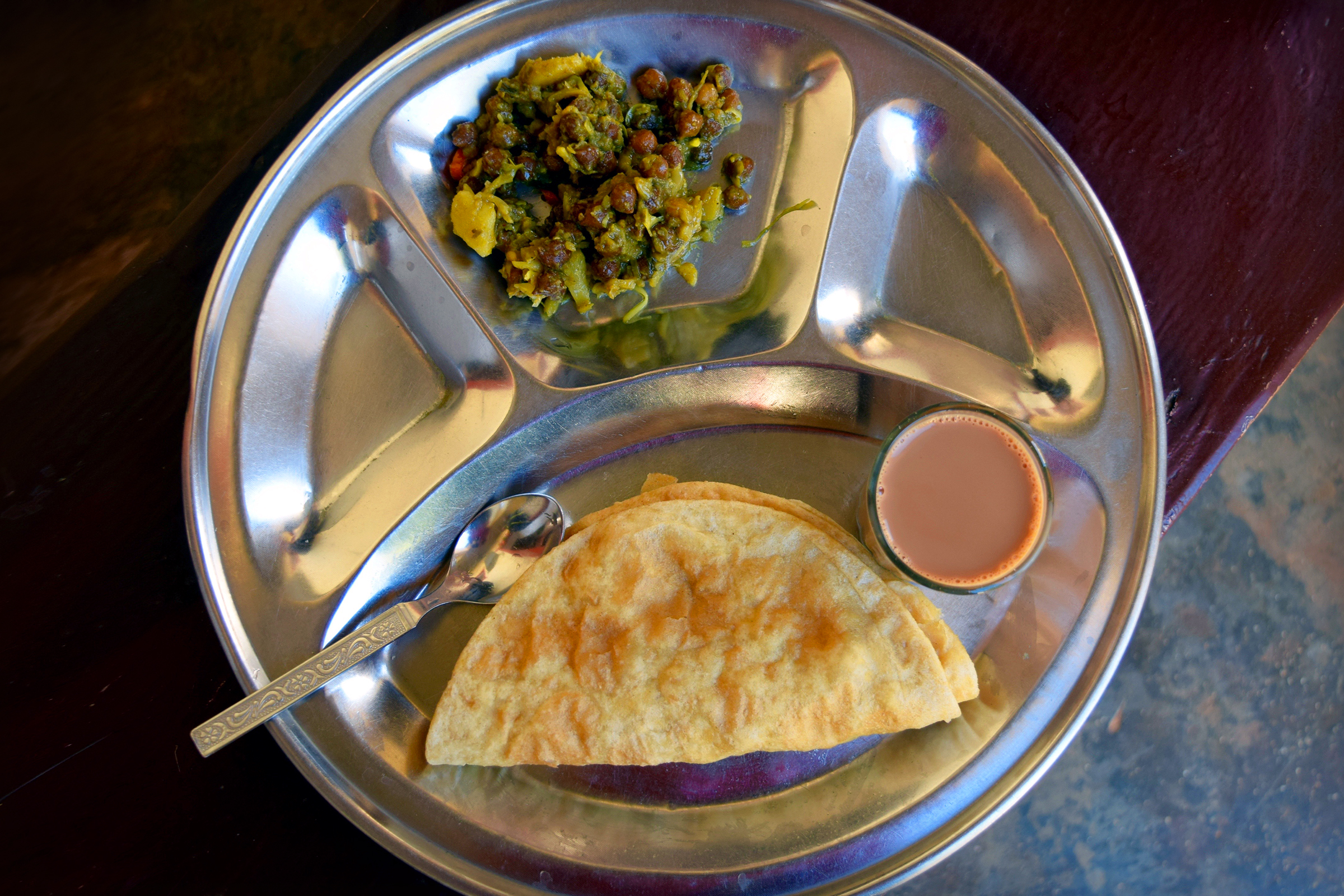
Before the hospital opened, patients like Tara would have to travel 36 hours to Kathmandu for treatment.
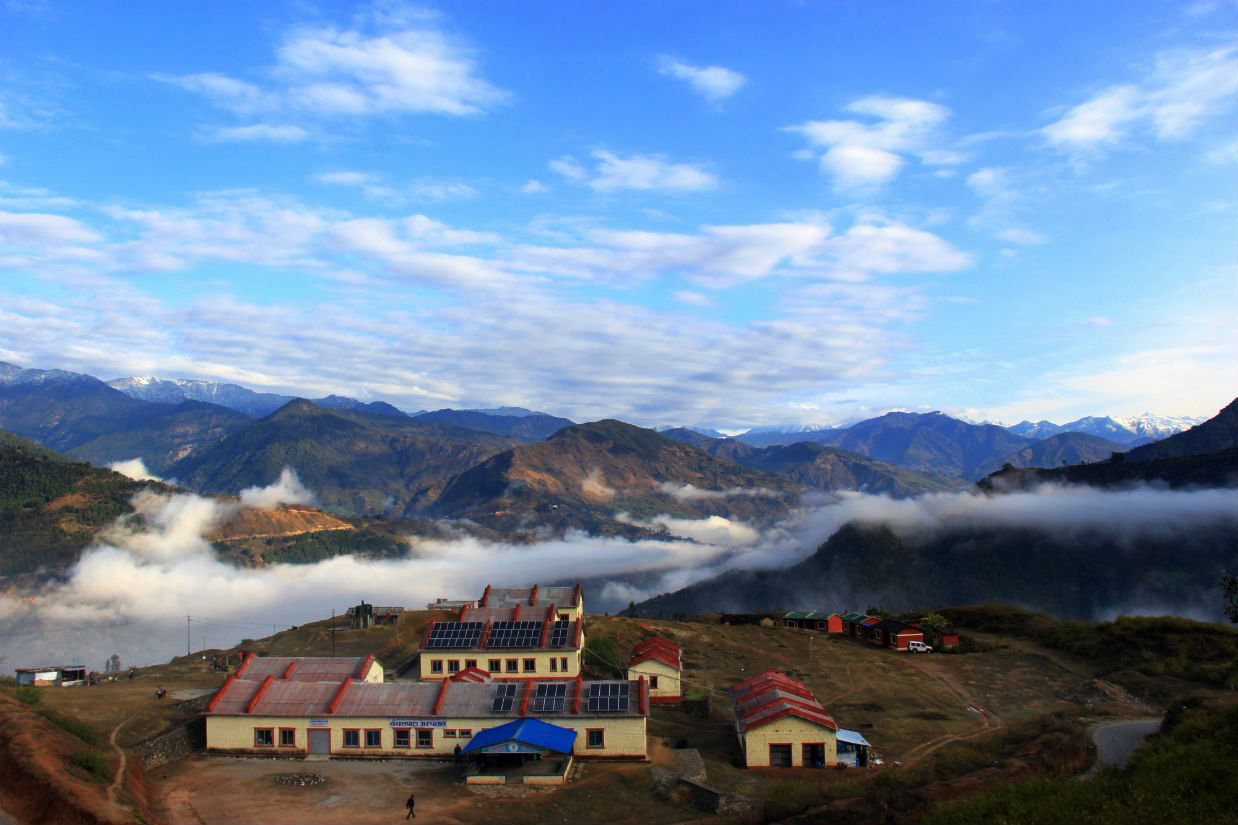
"Now he can stay close to home,” explains a hospital care coordinator. "For many patients, meals like this one are a reminder that in treatment, they’re still home.”
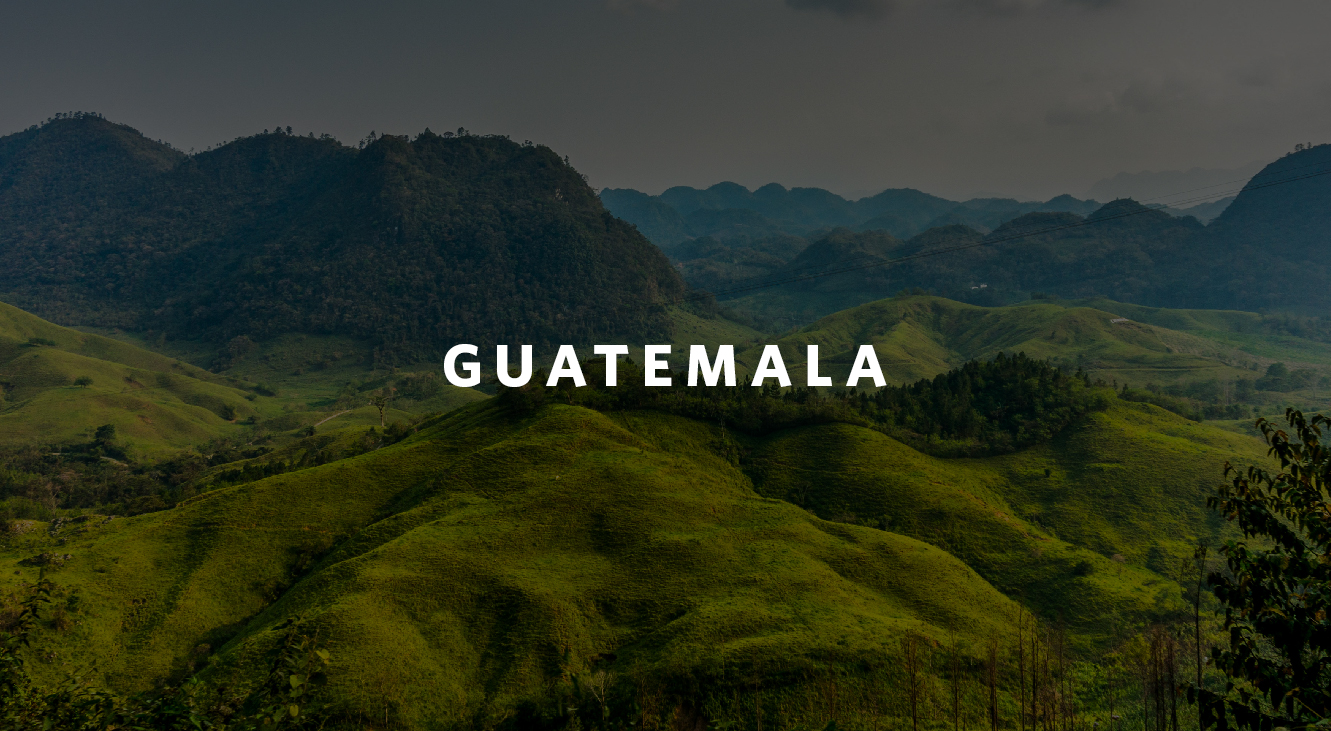
In Guatemala at Wuqu’ Kawoq’s clinic, two community health workers prepare to spend the day in the field.

Magaly and Georgina will spend most of the day going from home to home, teaching mothers how to care for their malnourished children.

To fuel themselves for the long day ahead, they sit down for a hearty meal of caldo de res (broth), pollo asado (grilled chicken), estofado (stew), as well as some tortillas.
Before scaling mountains, it's the kind of meal that will keep Magaly and Georgina on their feet.

In Burma, patients like Mu Koh have little access to healthcare.
To receive treatment, they make a 5-hour trip by van into Thailand.
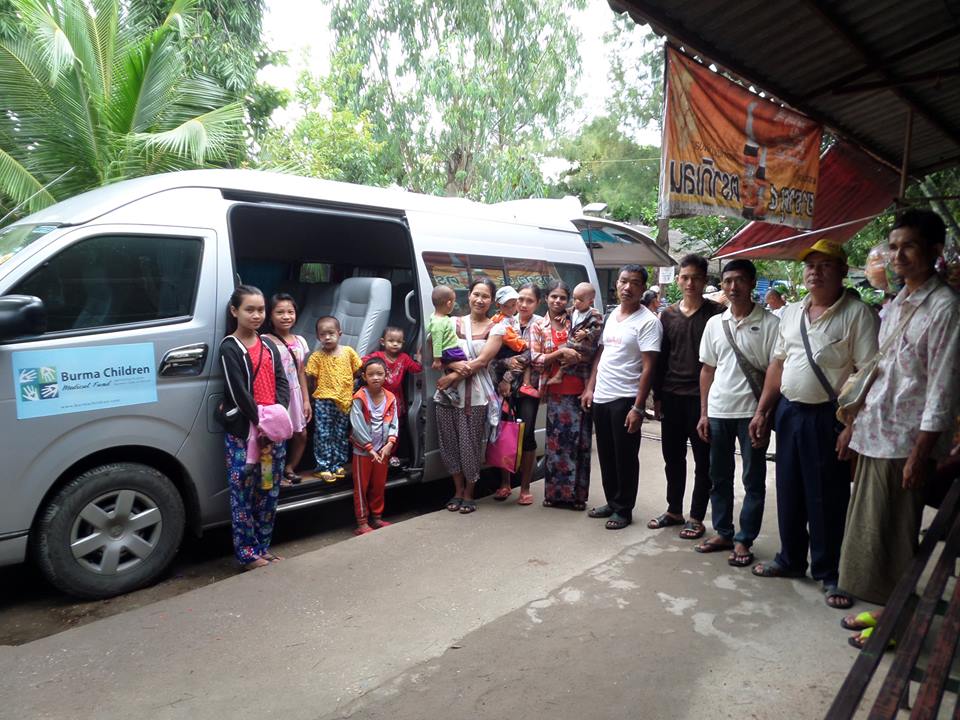
Before she joins the other patients in the van, Mu Koh’s journey starts with a family meal. Over rice and chicken served with fish paste and spices, she says goodbye to her three children.

For patients like Mu Koh, this meal is the last taste of home before a journey to good health.

In Tanzania, at a clinic called The Plaster House, pediatric patients travel from across the country to receive specialized care.
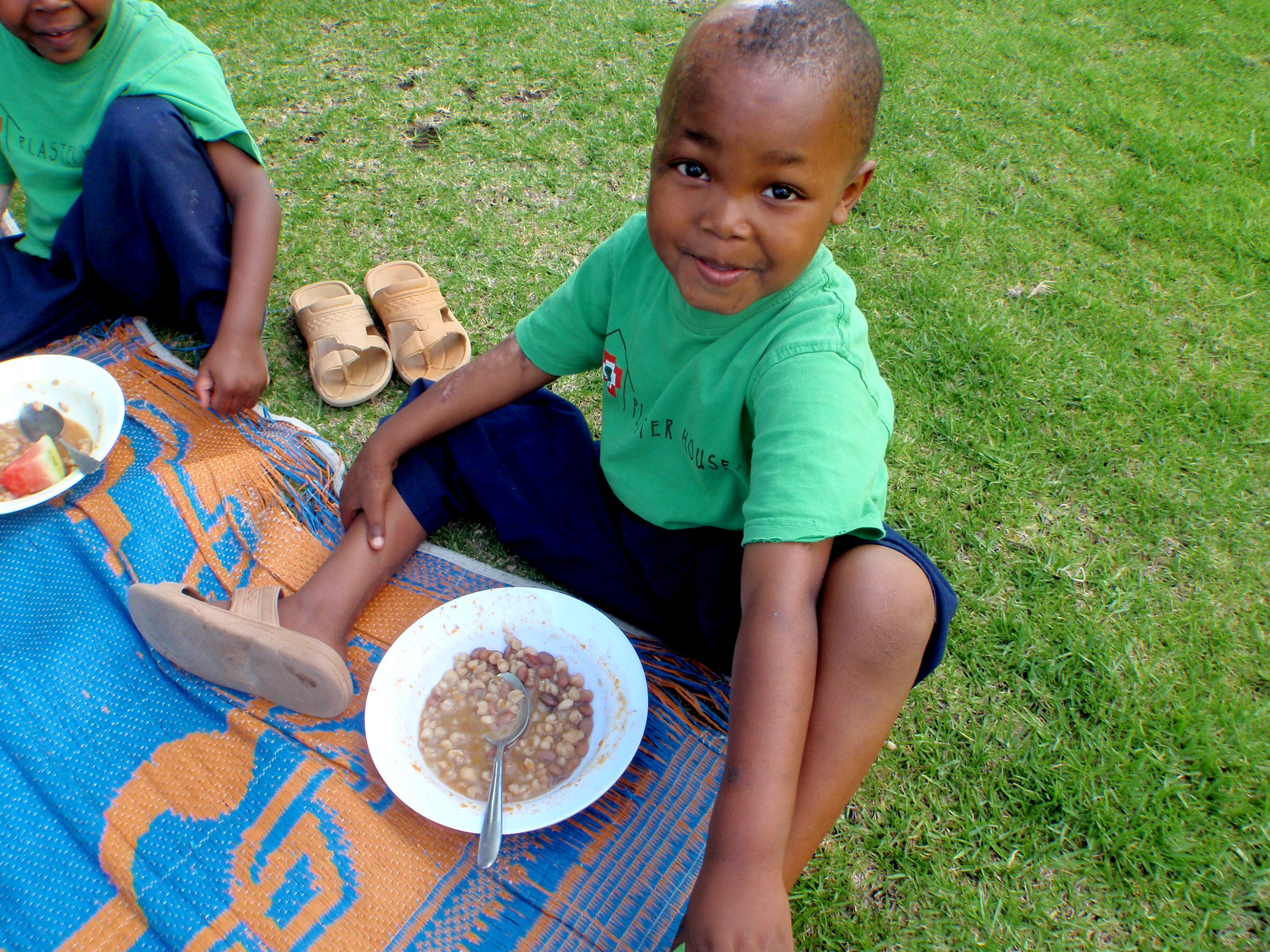
Patients often eat makande, or maize cooked with beans—a staple food for tribes in Tanzania’s Kilimanjaro Region.
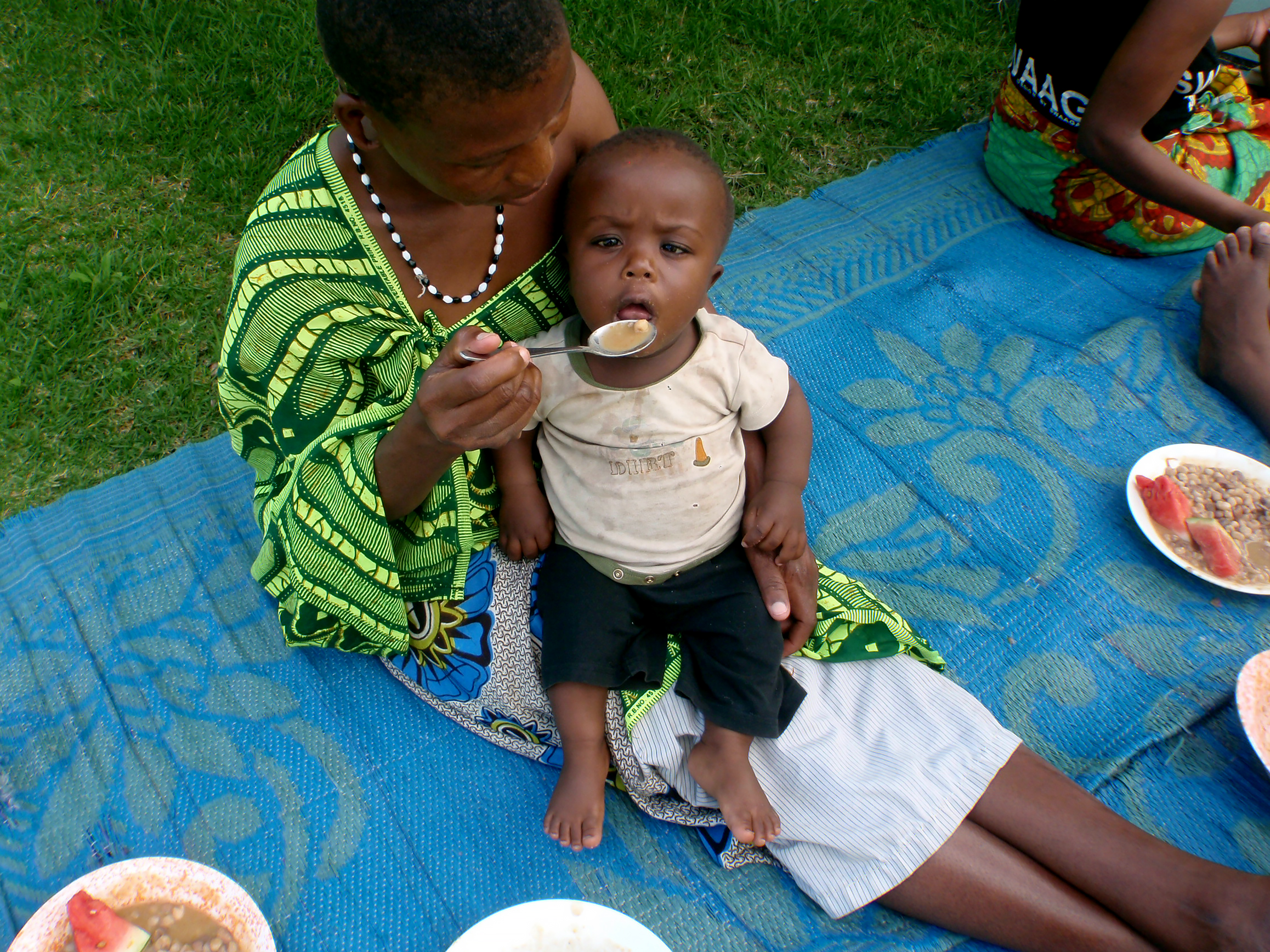
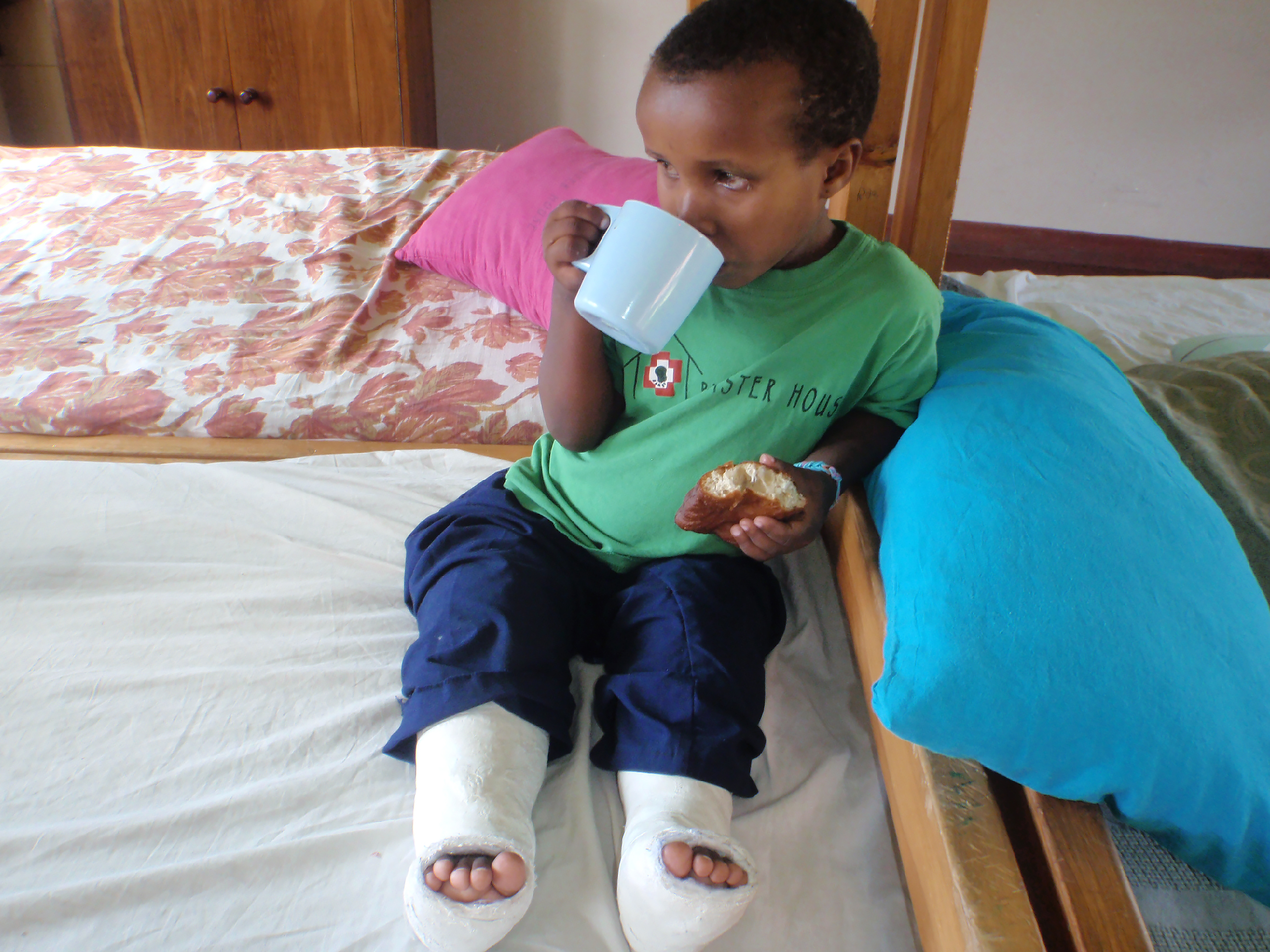
“Sometimes children will travel 3-5 hours to get here and then stay for three months on their own for treatment," explains Esupat, the care coordinator at The Plaster House. "When you’re here that long on your own, the food you eat becomes a part of the healing process.”
On Watsi, patient meals are included in the cost of care whenever necessary. This holiday season, extend your dinner table across the world by funding life-changing healthcare — and the meals that fuel it—for patients on Watsi.
Michelle Fernández
Telling the stories of Watsi patients and donors. Head of Content at Watsi.
